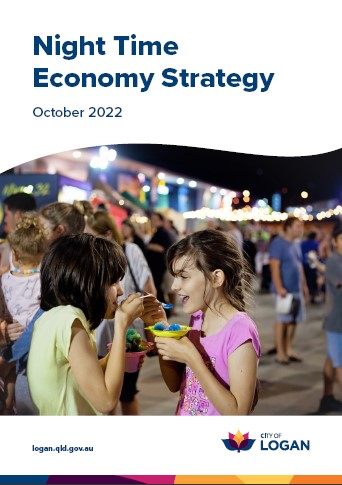Population
Estimated Resident Population is currently 392,339 (30 June 2024), with the projected population to exceed 500,000 by 2036. Logan and neighbouring Ipswich are predicted to grow more (by percentage) than any other council region in SEQ in the next 20 years. Two of Queensland’s Priority Development Areas (Greater Flagstone and Yarrabilba) will be home to 170,000 people in the next 20 to 30 years – slightly less than half of the city’s total growth.
Land Use
The City of Logan is a growing residential area, with substantial rural, rural-residential, commercial and industrial areas. Logan encompasses a total land area of about 957 square kilometres. Rural areas are located mainly in the southern, western and eastern edges of the city.
Gross Regional Product
Logan City’s Gross Regional Product (GRP) was $18.24b as of 30 June 2024. This is an increase of 2.6% since June 2023.
Jobs
There were 132,383 jobs located in the City of Logan in the year ending June 2024. This is an increase of 4.4% from the end of June 2023, and an increase of 17% since 2019.
Workforce
Logan has a labour force of around 210,869 and access to a regional catchment of over 3 million.
Industries
An analysis of the output by industry sectors in the City of Logan in 2022/23 shows the four largest industries were –
- Health Care and Social Assistance ($2.07 billion or 14%)
- Construction ($2.07 billion or 14%)
- Manufacturing ($1.34 billion or 9%)
- Retail Trade ($1.13 billion or 7%)
Growth industries include –
- Education and Training: $1.02 billion (+52 million from 2022/23)
- Repair and Maintenance: $453 million (+$46 million from 2022/23)
- Transport, postal and warehousing: $954 million (+$44 million from 2022/23)
- Public Administration and Safety: $722 million (+$36 million from 2022/23)









